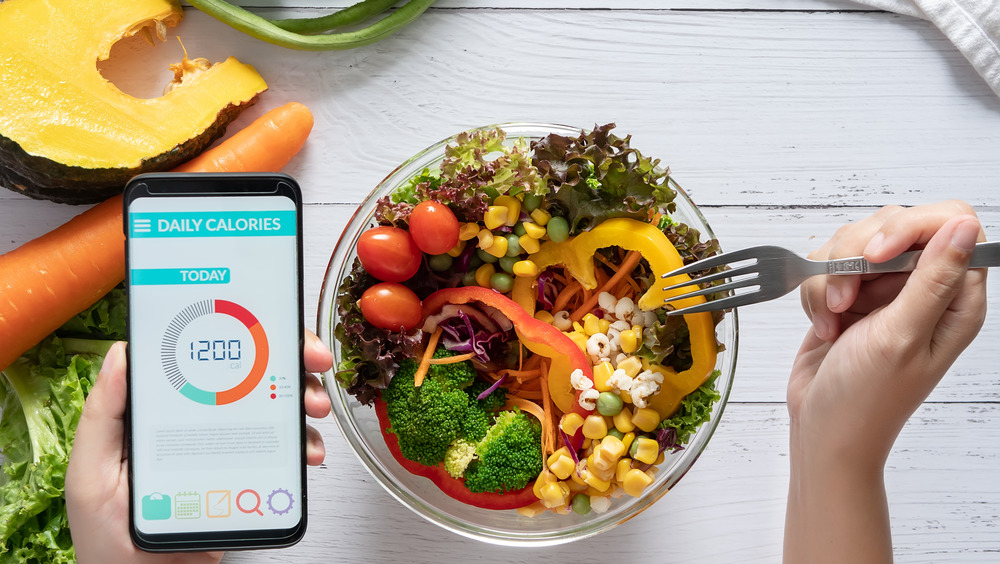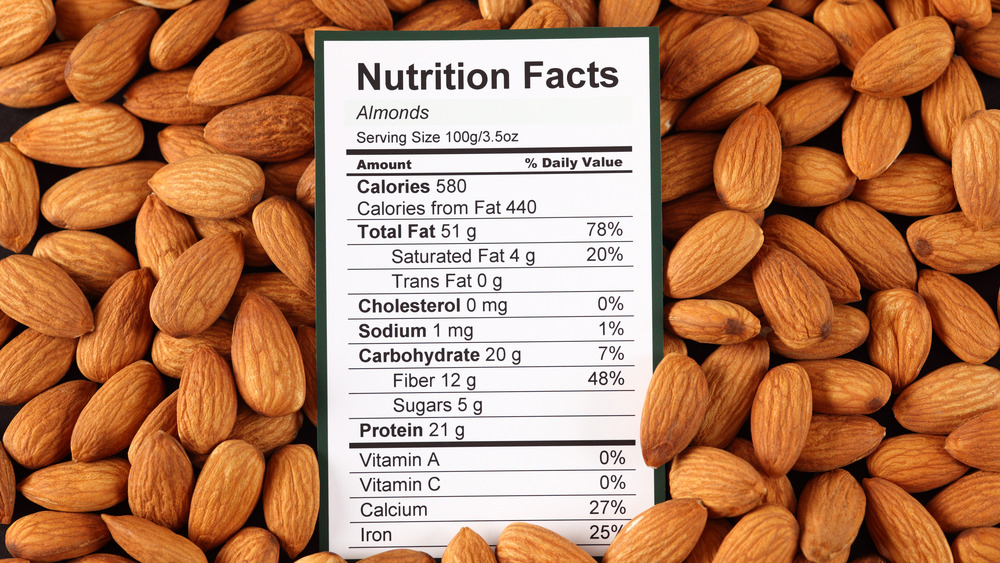
In the realms of fitness and nutrition, you might come across the term “kcals” instead of “calories” when describing the energy content of a donut or the calories expended during a long run. While these terms are often used interchangeably, a kcal – kilocalorie – is technically different from a cal – a calorie. Confused? Don’t worry, you haven’t been inadvertently consuming more calories than you intended. Here’s a breakdown of kilocalories versus calories.
Unless you’re discussing a physicist’s experiment, when someone refers to a calorie, they are usually talking about a kilocalorie, which comprises 1000 “small calories.” Small calories, commonly abbreviated as “cals,” are 1/1000 of a kilocalorie (via Healthline). The calories displayed on a cereal box are technically kilocalories, or kcals.
In Europe, packaging generally lists caloric content correctly as kilocalories, so don’t be surprised if, while traveling, you see a candy bar labeled with 350 kcals – it equates to the same as if it stated 350 calories.
Why do kcals matter?

It’s crucial to understand what a calorie represents, beyond merely being a unit that advises whether to indulge in another slice of pizza. Calories generally refer to the energy – joules – contained in a food item or expended by muscles during exercise. The USDA defines a calorie as a measure of heat, specifically the amount needed to raise the temperature of a kilogram of water by one degree Celsius.
The caloric content of food is determined by its energy content. Calories or kcals can also provide insights into a food’s macronutrient composition. Carbohydrates and protein each contain four calories per gram, fat contains nine, fiber contains 1.5, and alcohol contains seven (via Very Well Fit). This explains why a small pat of butter, primarily composed of fat, can have as many calories as an apple, which consists of carbohydrates and fiber.




